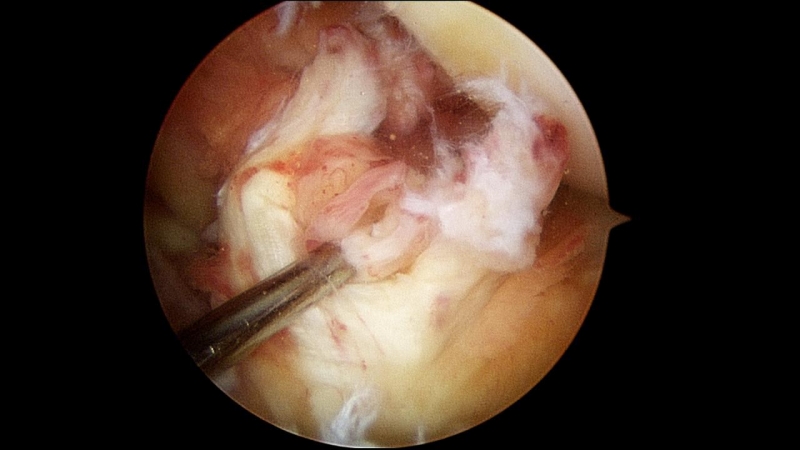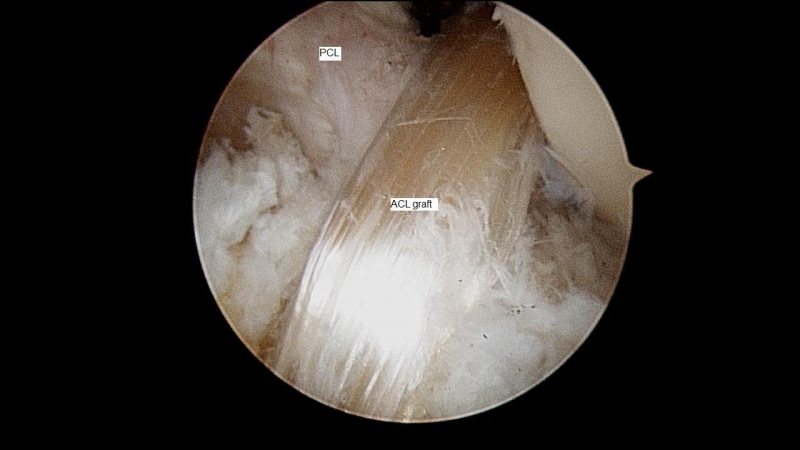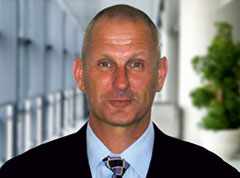The anterior cruciate ligament is a strong band of tissue that sits in the centre of the knee. It is very important in preventing rotation of the knee. The ACL is commonly injured during sport. This may occur with contact injuries or more commonly with non contact twisting injuries.
Tearing of the ACL often leaves the knee feeling unstable. A torn ACL will usually prevent most high level sporting activity and occasionally even low level activity will be difficult.






